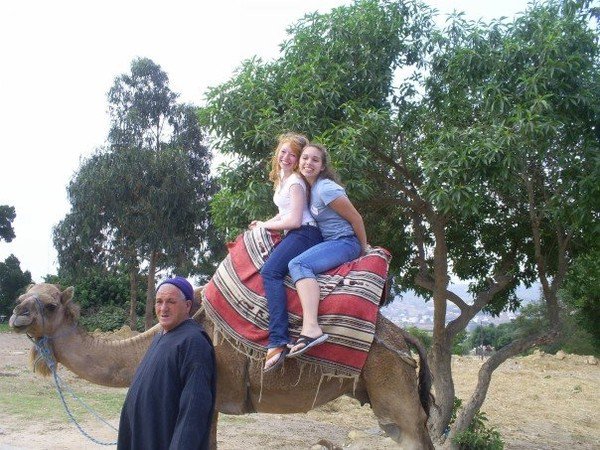
Morocco is one of those countries so different from the Western world that it may not be easy to blend in. Still, spend some time with the Berbers and you’ll get more from your trip than any photo can express. Maybe you’ll share a plate of baghrir (Moroccan pancakes) or tajine (a delicious braised stew cooked with fruits and spices). Consider watching a traditional Ahwach dance and sitting on the sidelines of a soccer game. (If you do, be sure to learn the offside rule from the people whose national team is considered the best in Africa!) With a little cultural understanding before you leave, you’ll be guaranteed a warm welcome when you arrive. So say, “Azul” (that’s hello in Tamazight, the traditional language of the Berbers) as you get to know the Berber people of Morocco. And don’t forget to cross your right hand over your heart to show them you’re sincere.
Berbers call themselves Amazigh, meaning “noble people.” (The name Berber was given to them by outsiders.) They’re actually several ethnic groups with similar cultural, political and economic ways of living. You’ll find the Riffians in the North, the Chleuhs in the South and the Saharan Chleuhs in, you guessed it, the Sahara. And, if you imagine Berbers as a turban-wearing, robe-clad nomadic people riding through the desert on camelback, you’re right. But you’re just as likely to find them dwelling in caves close to the Valley of the Roses or tending crops in the Atlas Mountains near Marrakech. One last thing, many Berbers follow Islamic practice. So make sure you’re dressed conservatively during your tour. And, tread lightly with your camera as well. If you’re about to snap a photo in the direction of a local, make sure it’s okay to include them. Since Berbers don’t like to be snapped on the sly, you’ll have better luck by asking nicely or offering to share a copy when you return!
[hs_action id=”1307″]
